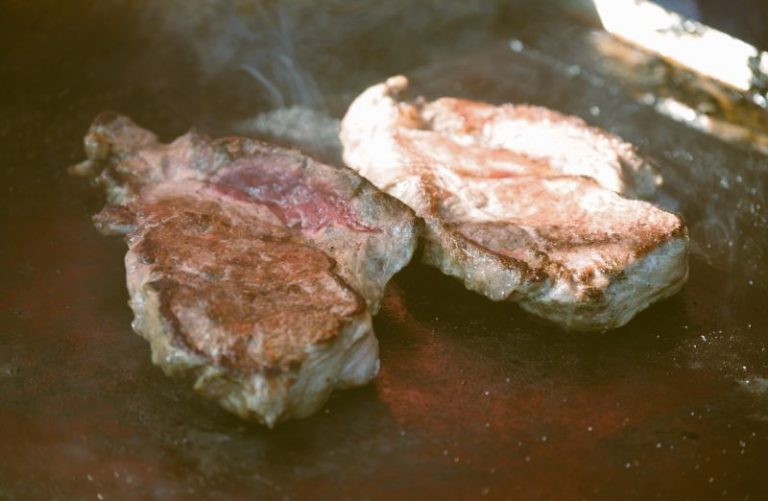

If you’re just starting to experiment in the kitchen, cooking with wine might sound a little intimidating. But the truth is that wine has long been one of the most versatile and flavorful ingredients in home cooking. Whether you’re preparing a rich stew, a light seafood dish, or even a dessert, wine can enhance your food in a way that’s both simple and satisfying.
From white wine and rosé to reds and sparkling varieties, each type offers something unique. When used correctly, wine adds layers of flavor, helps tenderize proteins, and brings out the best in herbs, spices, and sauces. And no, you don’t need to be a wine connoisseur to get it right. With a few basic tips and a little confidence, you’ll be surprised how easy and fun it is to bring wine into your everyday meals.
Let’s start by understanding what wine brings to the table beyond just flavor.
Why Wine Deserves a Spot in Your Pantry
Wine isn’t just something you pour into a glass during dinner; it’s an ingredient that can completely transform a dish. Red, white, and even sparkling wines each serve different culinary purposes, from enhancing the flavor of meats and sauces to balancing out acidity in lighter dishes.
While wine is known for its culinary magic, it can also offer some surprising health-related value. For example, many people are familiar with the benefits of red wine, which include antioxidant properties and cardiovascular support when enjoyed in moderation. These perks are due to compounds like resveratrol and flavonoids that are found in red grape skins. While cooking reduces some of these elements, trace benefits may still remain, and that’s just one more reason wine is a smart, flavorful addition to your kitchen.
Tennessee Homemade Wines, a family-owned winery based in Gatlinburg, Tennessee, offers a wide variety of handcrafted wines made from locally grown fruits and grapes. Their collection ranges from classic reds and whites to unique blends that can inspire new culinary creations. They also provide accessible wine education for both new and experienced wine lovers.
Understanding the Basics: Cooking Wine vs. Drinking Wine
One of the first things to learn as a beginner is the difference between cooking wine and regular drinking wine. The bottles labeled “cooking wine” at grocery stores are often low in quality and high in added salt or preservatives. These extras can throw off the flavor of your food and won’t give you the clean, layered taste you’re aiming for.
Instead, opt for wines you’d actually drink, nothing too pricey, but certainly something fresh and enjoyable. The general rule is simple: if it doesn’t taste good in a glass, it probably won’t taste good in your recipe, either.
When and How to Use Wine in Recipes
Wine is most often used in cooking to build flavor, tenderize meat, or deglaze pans. It also plays a major role in reducing sauces, risotto, braises, and even baked goods. When added early in the cooking process, the alcohol mostly evaporates, leaving behind a richness and complexity that water, broth, or juice just can’t match.
Red wine is commonly used in slow-cooked dishes like beef stew or coq au vin. White wine is ideal for chicken, seafood, and creamy sauces. A dry white can lighten the overall tone of a dish, while a sweet white like Riesling or Moscato can add a touch of floral sweetness to glazes or reductions.
If you’re deglazing a pan, say after searing meat, just pour in a splash of wine and use a wooden spoon to lift the flavorful bits off the bottom. These little pieces become the foundation of some of the most delicious pan sauces.
Pairing Wine with Food Flavors While Cooking
Each wine type brings its flavor profile to the dish. Matching it with the right ingredients is key. Dry white wines like Pinot Grigio or Sauvignon Blanc are great for dishes with citrus, herbs, and lighter proteins like fish or chicken. They cut through fat and add brightness.
Red wines, on the other hand, are bold and full-bodied. They work well with mushrooms, tomatoes, and red meats. Their tannins and deeper flavors enhance savory dishes that are slow-cooked or heavily spiced.
Rosé wines offer a middle ground, lighter than reds and more flavorful than whites. They’re great for grilled vegetables, pasta salads, or lighter meat dishes. Sparkling wines can be surprisingly fun to cook, too; think poaching pears or making a festive reduction sauce.
Tips for First-Timers
Cooking with wine doesn’t require perfection. It’s okay to start small and experiment. Begin by following simple recipes and pay attention to how the wine changes the flavor profile. Over time, you’ll get a feel for what types of wine work best with your favorite meals.
When adding wine, do so early enough to allow it to simmer and reduce. It cooks off the alcohol while concentrating the flavor. Avoid pouring wine into a dish right before serving unless the recipe specifically calls for it, as it may leave a sharp taste.
You also don’t need a full cup every time. Sometimes, just a few tablespoons are enough to elevate a dish. And always taste as you go. Cooking is as much about adjusting as it is about following steps.
Easy Wine Recipes to Try at Home
If you’re looking to dip your toes into wine-infused recipes, start with a few tried-and-true classics.
A white wine garlic butter sauce over shrimp or chicken is incredibly easy and full of flavor. Sauté some garlic in butter, splash in a dry white wine, and let it reduce. Add a little cream or lemon juice and pour it over pasta or rice.
Red wine braised short ribs are another delicious option. The wine tenderizes the meat while enhancing the broth with a deep, savory flavor. Or try a simple rosé pan sauce with seared chicken. Add rosé, shallots, and a touch of mustard to the pan and reduce until silky.
You can even use wine in desserts. Think red wine poached pears or a light white wine jelly with berries for a unique finish to your meal.
Storing and Reusing Leftover Wine
Leftover wine doesn’t have to go to waste. If you don’t finish the bottle, store it in the fridge with a tight cork and use it within three to five days. Wine can also be frozen in ice cube trays and added to sauces, stews, or marinades as needed.
Having a few cubes of red or white wine on hand makes it easy to bring flavor to your meals without opening a new bottle every time.
Cooking with wine is a fun, flexible, and flavorful way to bring restaurant-quality taste to your home kitchen. Whether you’re working with red, white, rosé, or sparkling varieties, each type can add something special to your dishes. It’s not about perfection. It’s about playing with flavors and finding what works for you.


